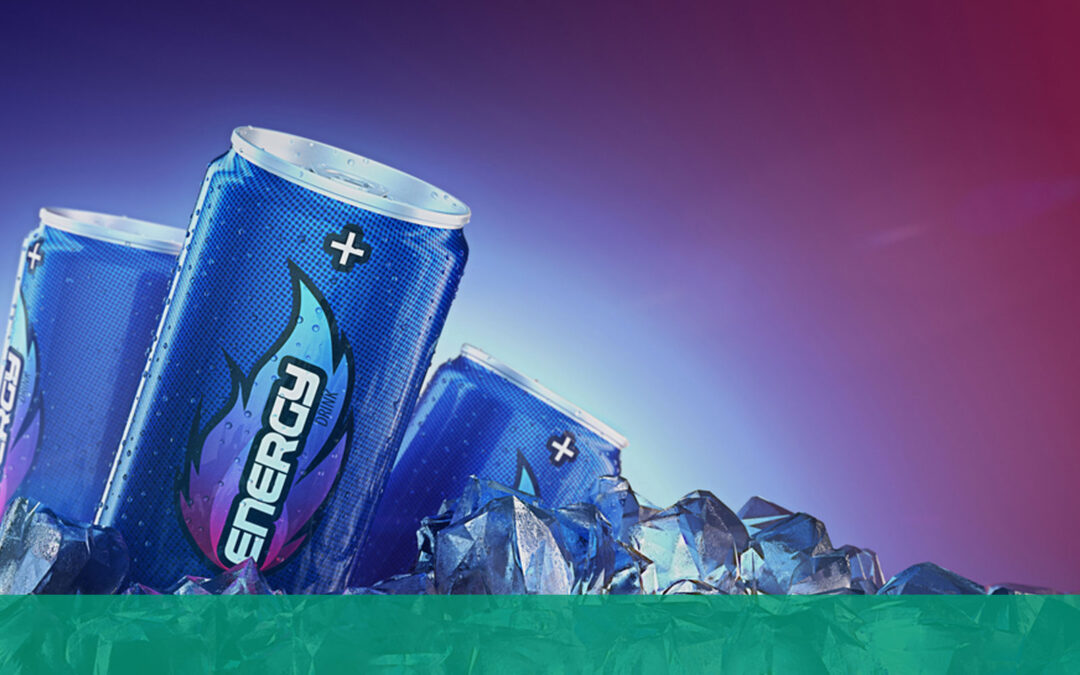Coca-Cola could be thought of as the first energy drink, since it originally contained both caffeine and cocaine. Instead, in 1987, Red Bull was introduced into society as the first in that drink category. It wasn’t until 2005 that the energy drink market exploded to what is considered a global $12.5 billion industry. We like to feel energized! However, energy is a bit more complicated than a caffeine buzz.
Last month we were introduced to our mitochondria. While mitochondria perform numerous roles, energy production is what they are known for, and hence have been nicknamed “the powerhouse.” Optimal function of all processes that occur in our body are dependent on healthy mitochondrial function, but there are a number of hits that can leave our mitochondria functioning subpar and lay the foundation for numerous diseases. Environmental toxicants are one category that cause harm.
What comes to mind when you hear the term environmental toxicants? Maybe you picture industrial waste leaching into rivers and oceans. Perhaps you think of pesticides and herbicides. Heavy metals such as lead and mercury can also be included. The sad truth is that our list of environmental toxicants keeps expanding and we are not impervious to their presence. They enter our bodies through the air we breathe and what we absorb through the digestive tract and skin. We also produce toxins in-house. Both subtypes damage mitochondria, causing dysfunction and leaving them unable to do their job well. Environmental toxicants are a much bigger player in disease states than we give them credit, and, like the frogs of Egypt, they are virtually everywhere.
You do not have to be a factory worker to be exposed. Common sources include household cleaners, furniture, personal beauty products, cookware, drinking water, daily consumed foods, indoor or outdoor air, not to mention paints and varnishes, heavy metals, etc. Modern man is literally being bombarded—not just with one, but with multiple chemicals potentially in the same breath. While pharmacists will warn of drug interactions, no one is warning us of the combined effect of dyeing our hair, eating glyphosate-laced bread, breathing in paint thinner fumes, and spraying our yard with weed killer. Plus, some pharmaceutical drugs can also harm mitochondria. Mitochondrial damage has a broader impact on health than is commonly recognized, and is implicated in neurological and metabolic concerns.
What can we do? My encouragement is to start reducing exposure to environmental toxicants today. Start somewhere that feels easy and doable, and keep learning how to take better care of your powerhouses, which is exactly what we will continue doing next month. A short-term buzz from a bottle doesn’t compare to the sustained vibrancy and energetic output from healthy mitochondria.


